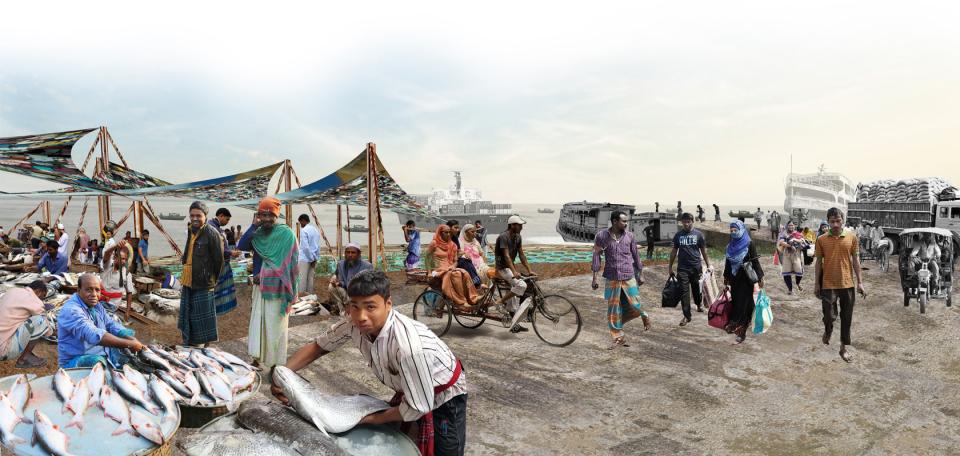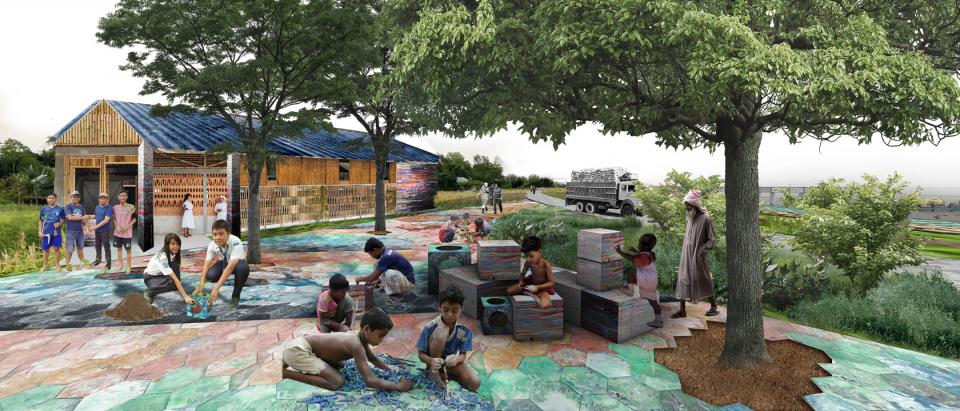Fengjiao Ge
Image
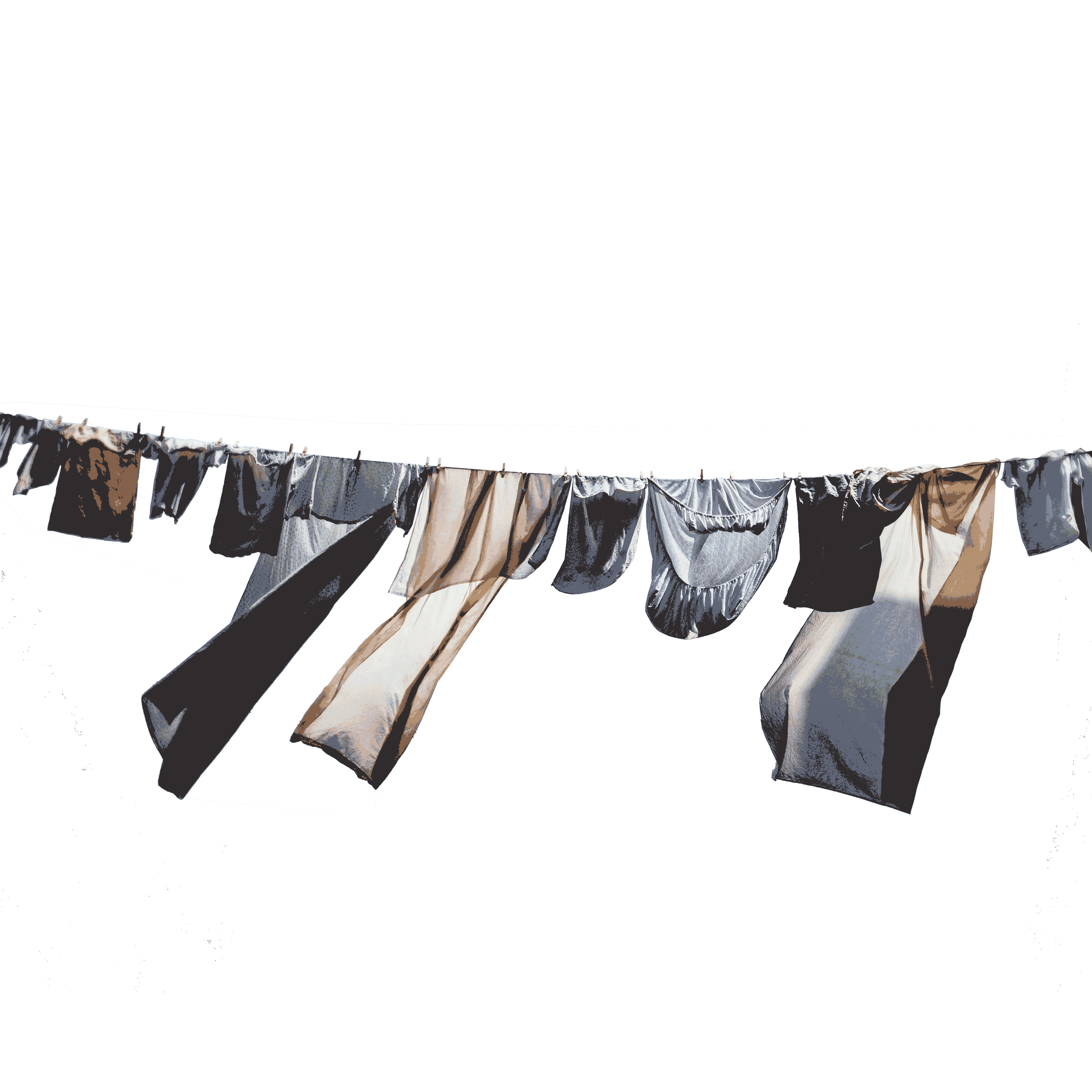
Image
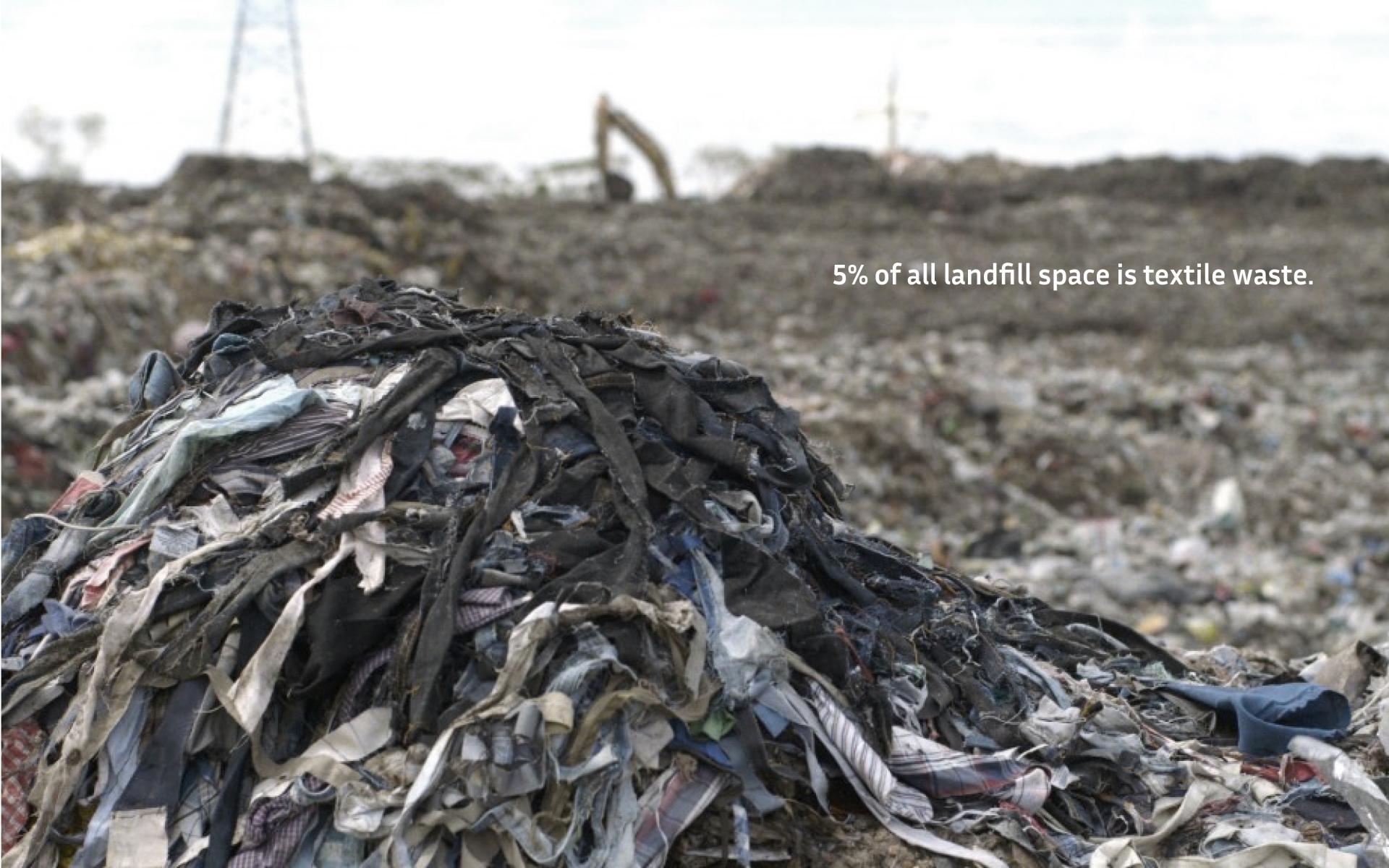
flowing
garments
Flowing Garments
Textile Waste Reutilization
in Landscape Design
This thesis has focused on creating a localized response to a global problem related to globalization and fast fashion. Both our amount of post-production waste and the carbon footprint left by the garment industry’s response to a global desire for novelty and affordability, and their dependence on cheap labor, loose environmental regulations, distributed raw materials and production, and markets far from places of manufacturing has created an unethical and unsustainable supply chain model.
The strategy proposed here began with one of the places that receives much of the world’s garment waste. As a country that both produces these garments and is paid to receive other countries’ waste, and as a country with a serious lack of raw materials needed for erosion control and construction. The thesis aims to revitalize the garment waste, and transform them into a new framework( a new supply chain model, substitution of traditional construction material, ecological mitigation and revitalization of rural villages) for future landscape development which would potentially motivate the perception of sustainability on economy, ecology and culture.
Image
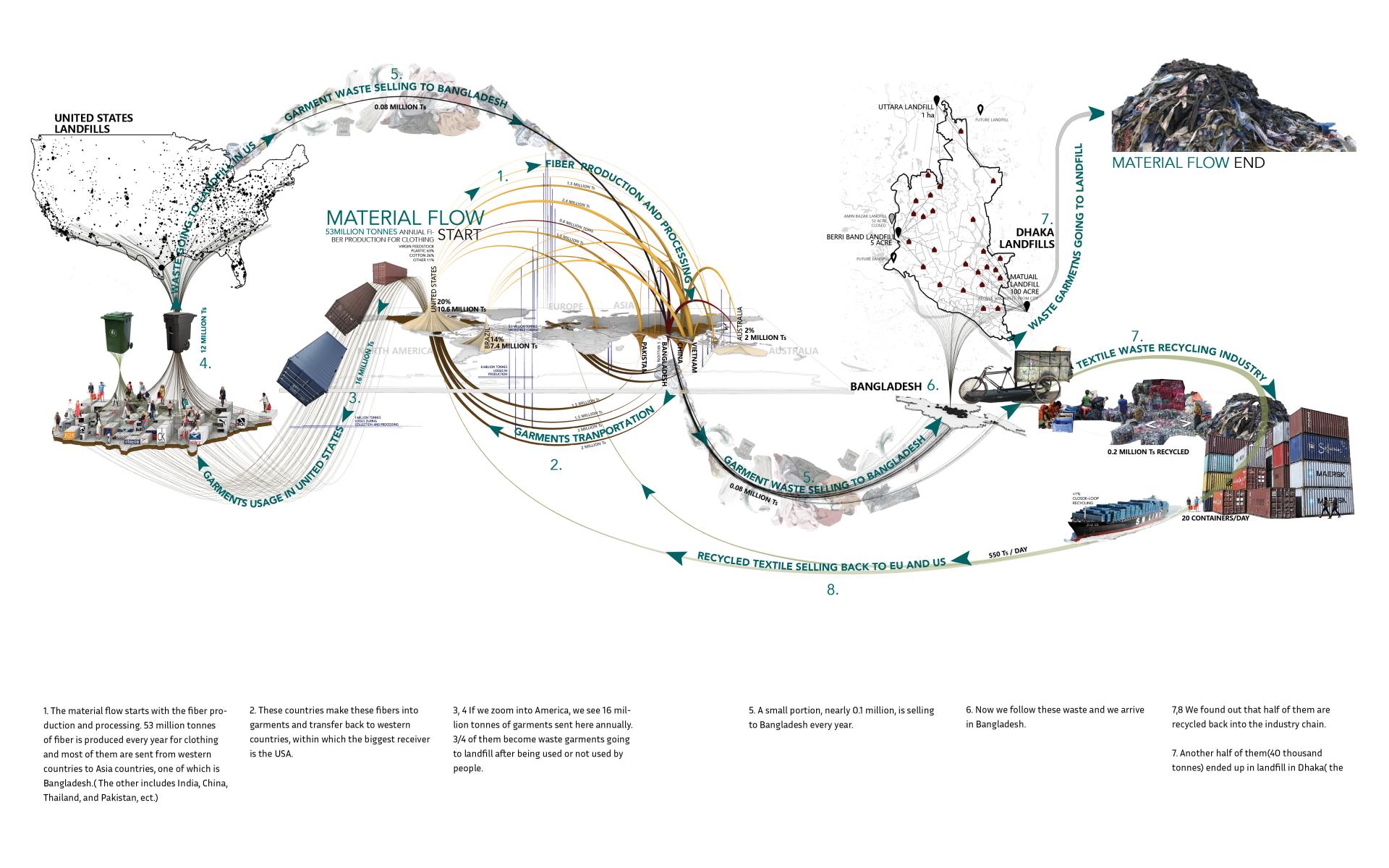
From Cradle To Grave
Fundamental flaws of industrial system
The garment waste is just one aspect of the physical phenomena of an underlying cradle to grave system. Restricted by the policies, technologies and the inertia and sluggishness of humanity , profit networks, GDP growth of a region or a country, it is very hard for a system to change itself overnight. A lot of fields and people need to work together to let it happen. However, we cannot ignore the problem that has already been produced (the waste) and will continue generating in the future. That ‘s why so many artists and people are trying different ways in order to prolong the material service life and make full use of the surplus value of the waste.
Image

Image
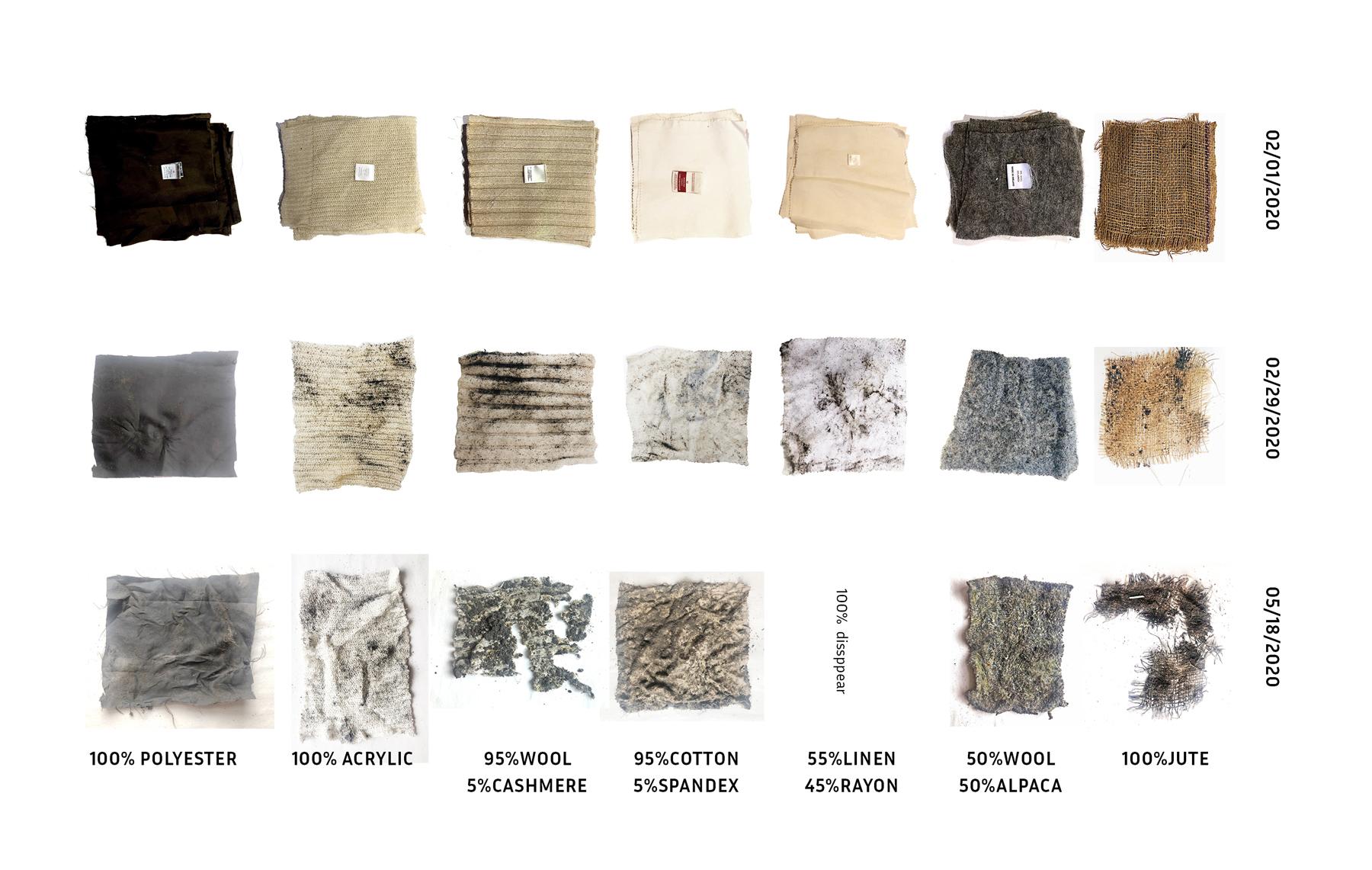
Image

Fabric Biodegradability Experiment
In this activity, I set up an experiment to determine the biodegradability of different fabric samples. I shredded a group of fabric collected from discarded garments in the landfill mainly made from nature fabrics (Jute, cotton, wool) and synthetic material (rayon, acrylic, polyester). From this process, I try to understand that some materials are biodegradable and others are not, explain that temperature, humidity and oxygen levels may affect how quickly nature fibers degrade and make predictions about the biodegradability of materials I want to create in my following design.
Fabric Compression Experiment
In this activity, I set up a material test to improve the material tensile strength. The treated canvas has a high tensile strength. The rice glued burlap is harder than bioplastic burlap. Bioplastic treated wool fabric is more soft than rice glued wool fabric.The bioplastic is made from Glycerin + Vinegar + Cornstarch.
Right:
Shredded wool & rice glue
Shredded burlap & rice glue
Shredded cotton & rice glue
Pure bioplastic
Below:
Wool fabric & rice glue
Wool fabric & Bioplastic
Burlap fabric & rice glue
Burlap fabric & Bioplastic
Image
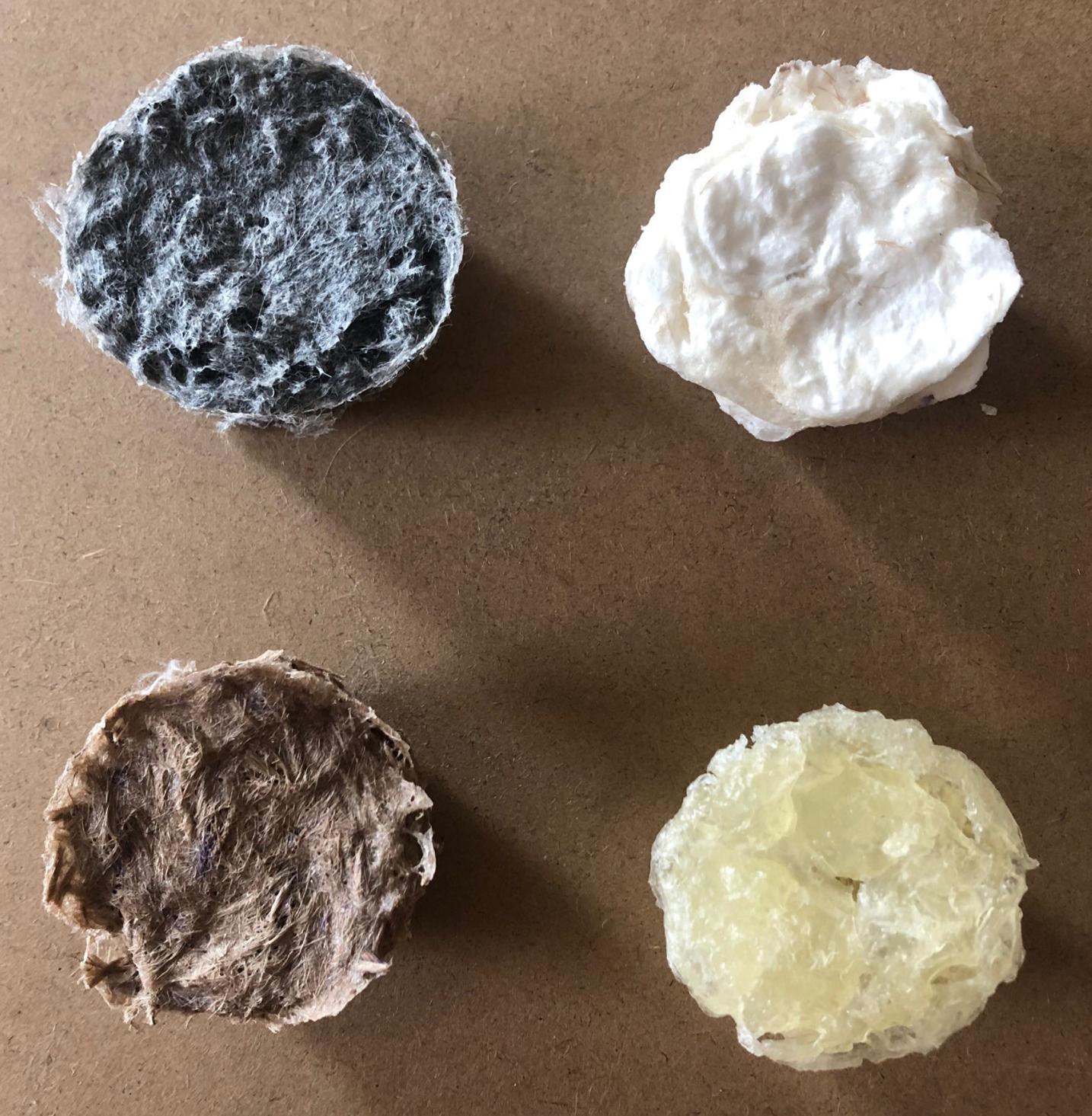
Image
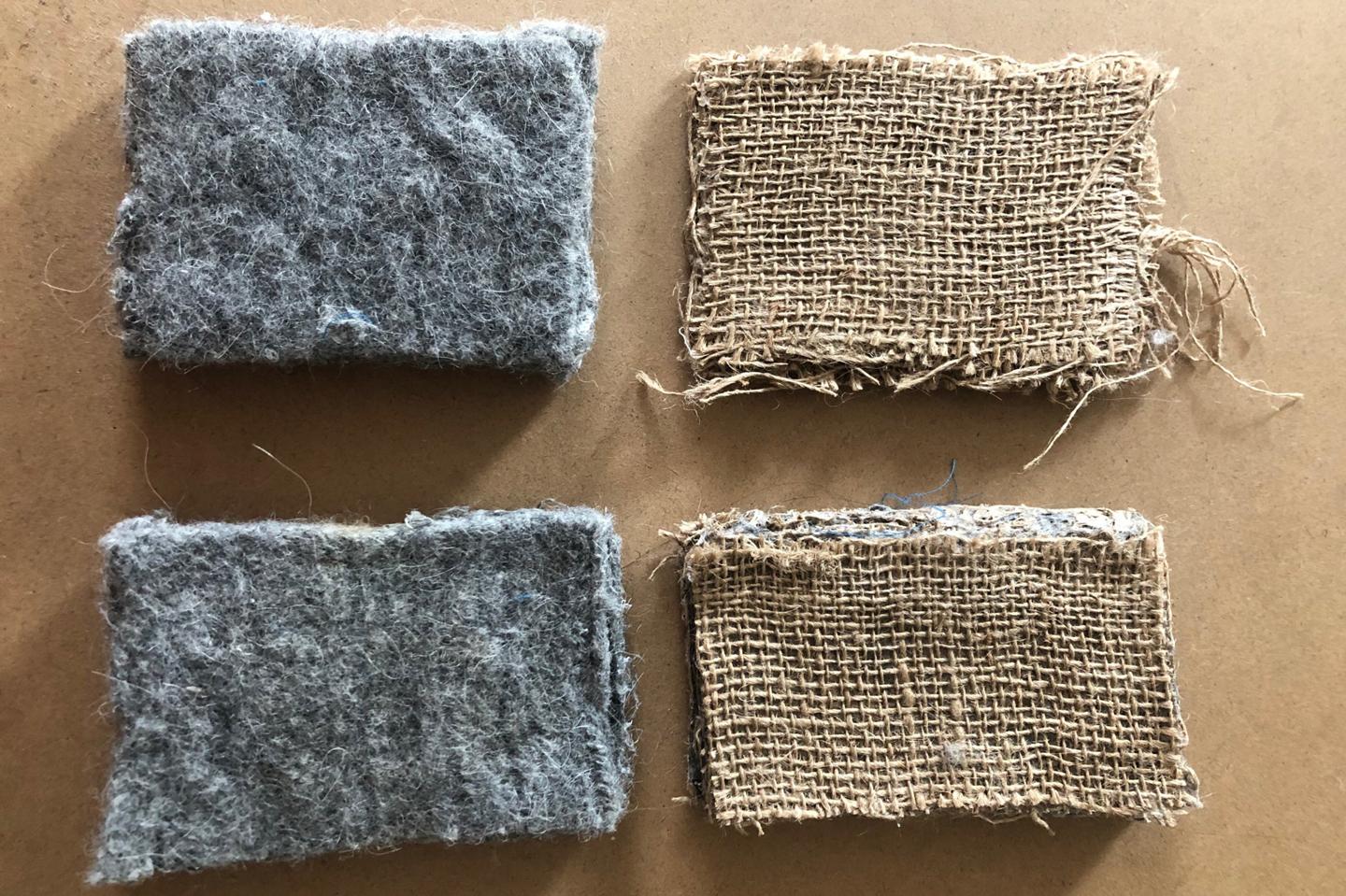
Shredded Fabric With Bioplastic
In this test, I tried to change the amount of two shredded materials in three tests and mix them with the same amount of bioplastic. The pure wool shows more flexibility than the other two samples. The mixture of wool and jute shows the least flexibility.
Right:
1. bioplastic
mix with 20% shredded burlap
2. bioplastic
mix with 40 % shredded burlap
Below:
1. bioplastic
mix with 20 % shredded wool
2. bioplastic
separate shredded burlap & wool
3. bioplastic
mix with shredded burlap & wool
Image
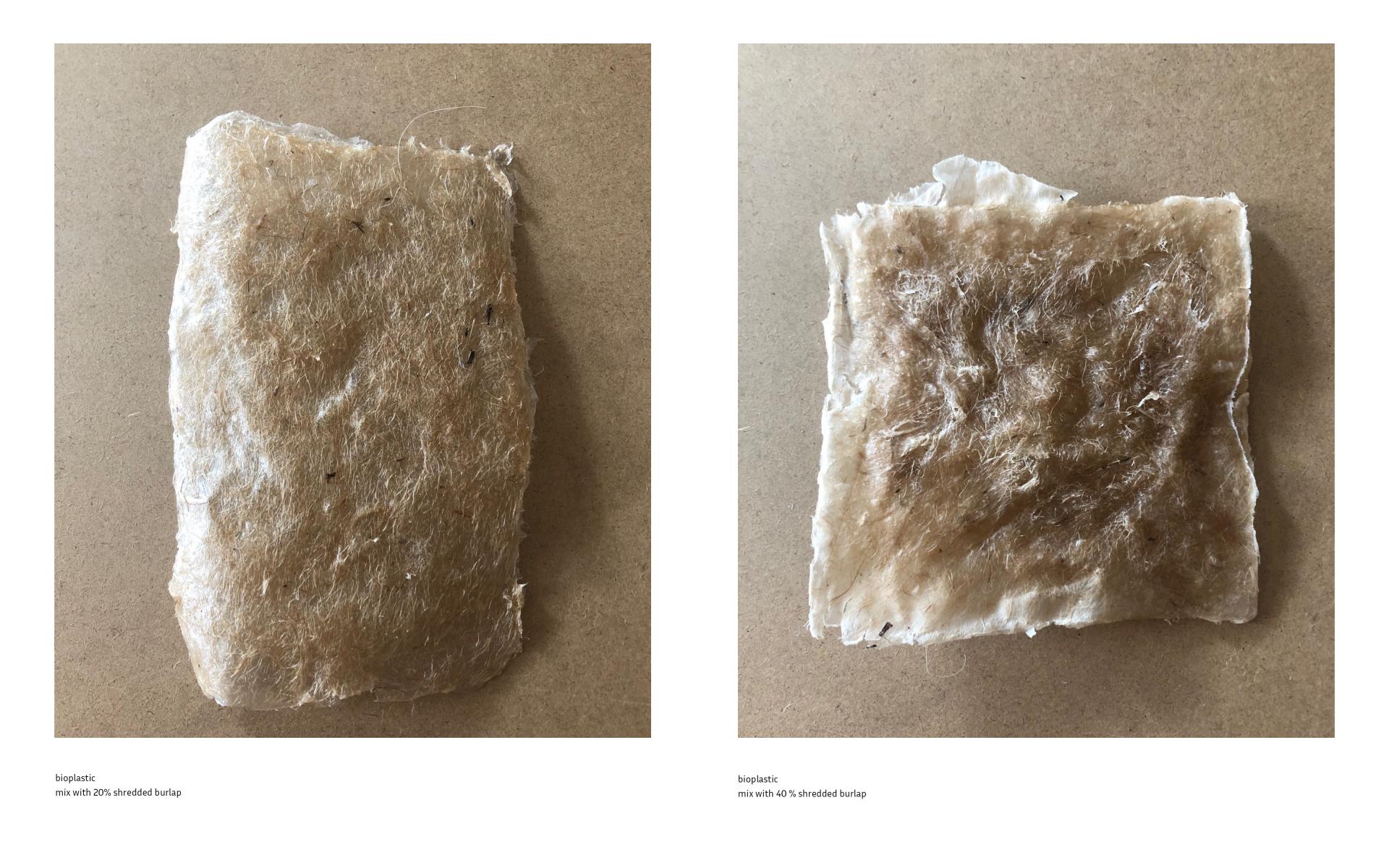
Image
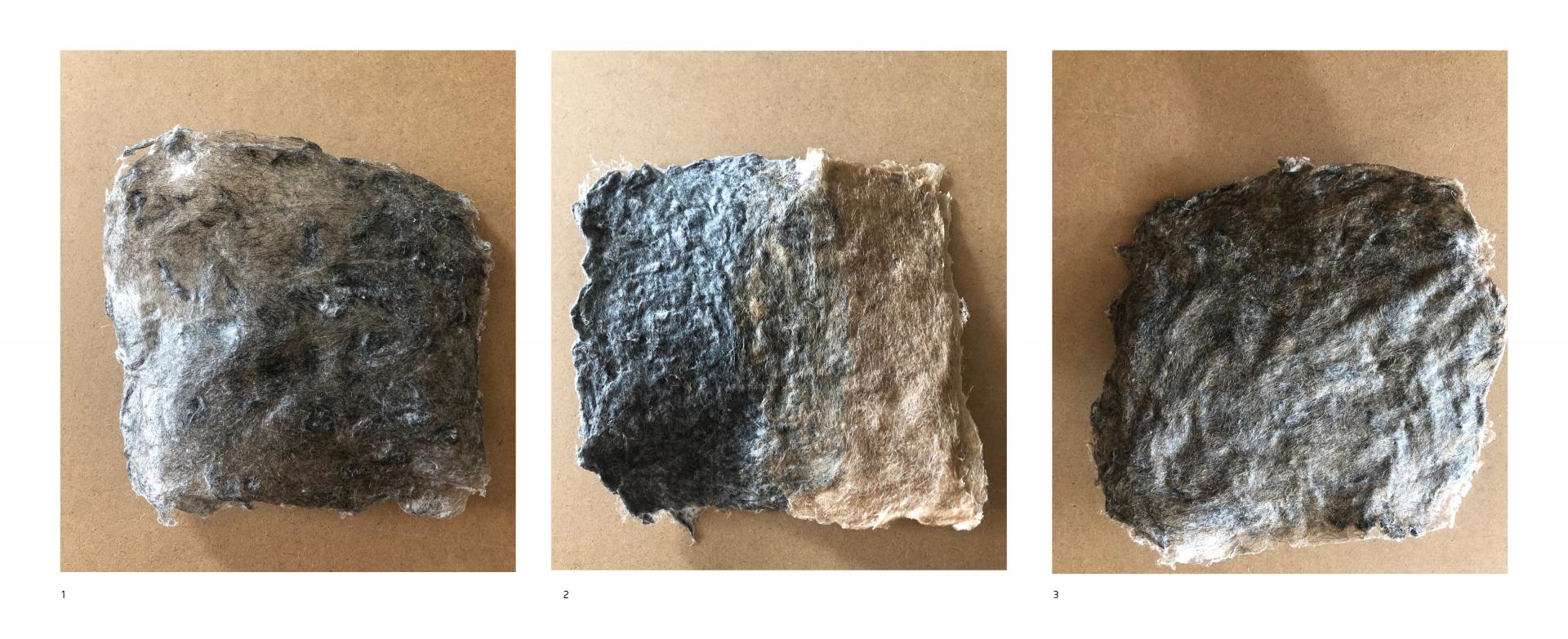
Image
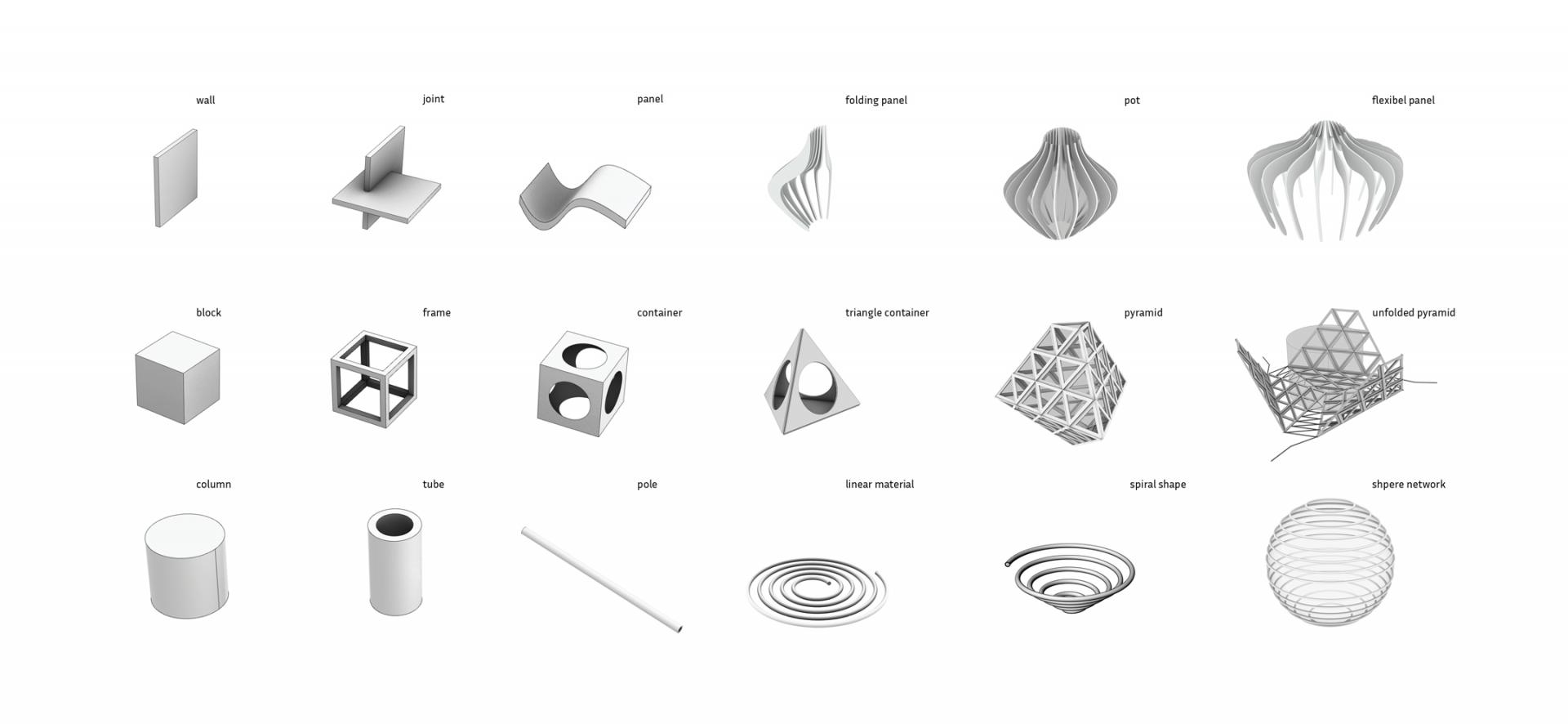
A Toolkit of Material Typologies
From all these different tests I found out that garment waste has great potential to become usable and durable materials in the future that can be applied to construction in architecture and landscape architecture. Here I developed some basic typologies that have simple functions according to architecture and landscape architecture elements.
Image

Test Ground
What can landscape architects do to help upcycle the waste?
The focus of this thesis is about how landscape architects can offer some help to solve the existing and ever-increasing “ snow ball “ by applying landscape strategies in a small village of Bangladesh. The landscape methods can help re-utilize the waste garments in waterfront construction and at the same time offer a sustainable economy-landscape working scheme for rural areas in Bangladesh.
Image
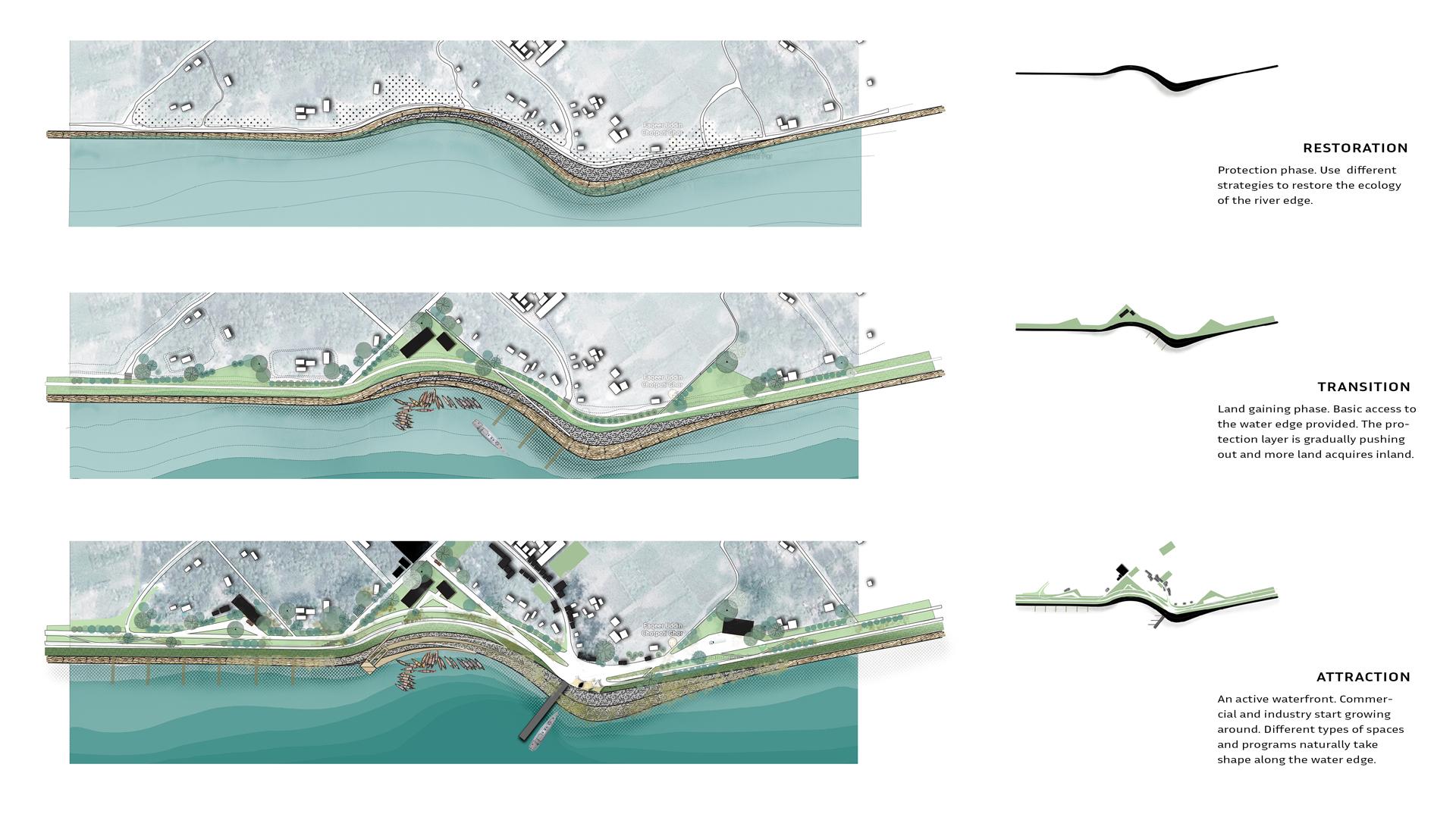
Image
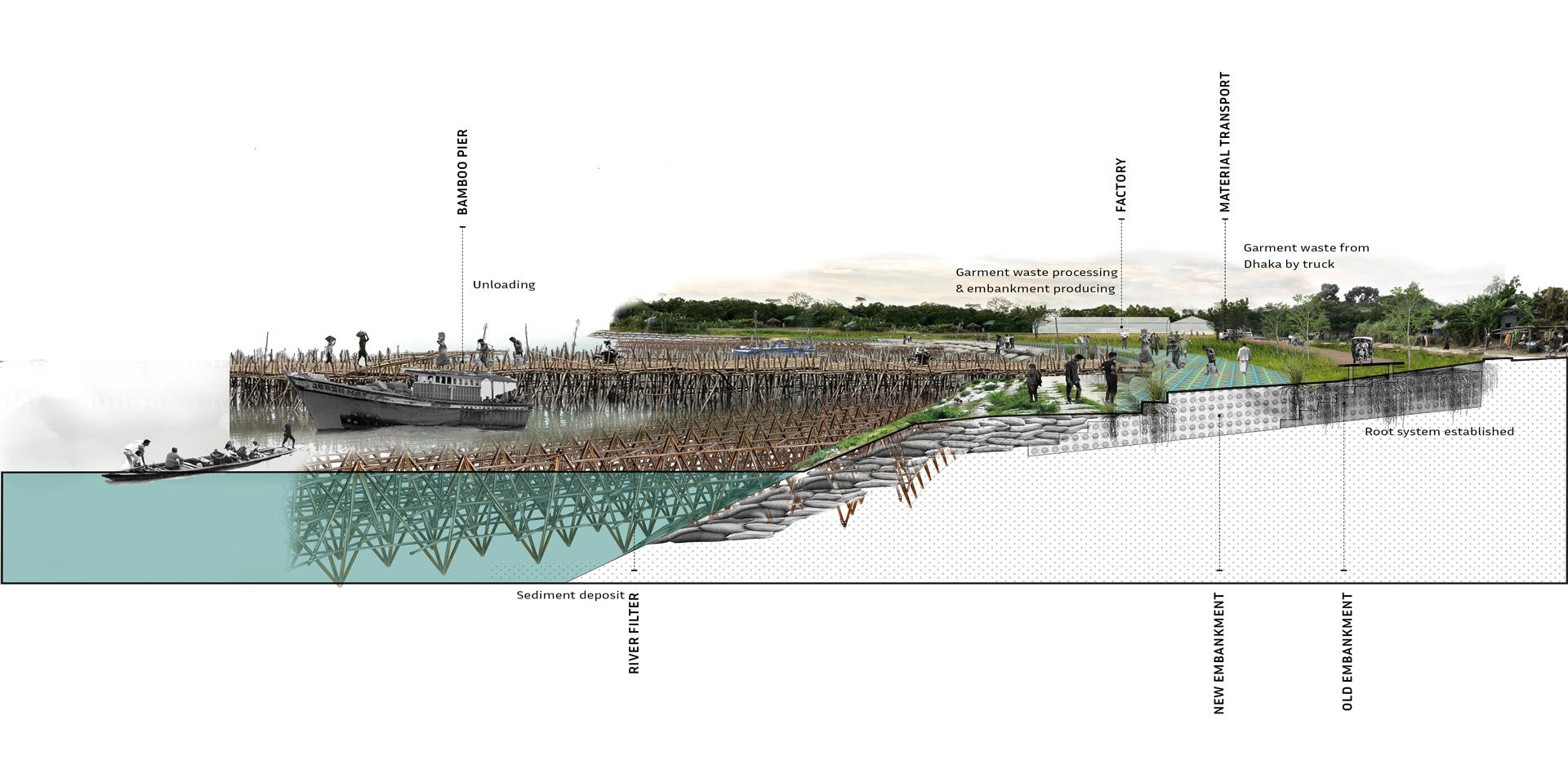
Section Perspective
In phase two perspective, you can see the ground has been built up and the old embankments have been fully covered by vegetation. New protection layers of sand bags and breaking water structure are added.
Image
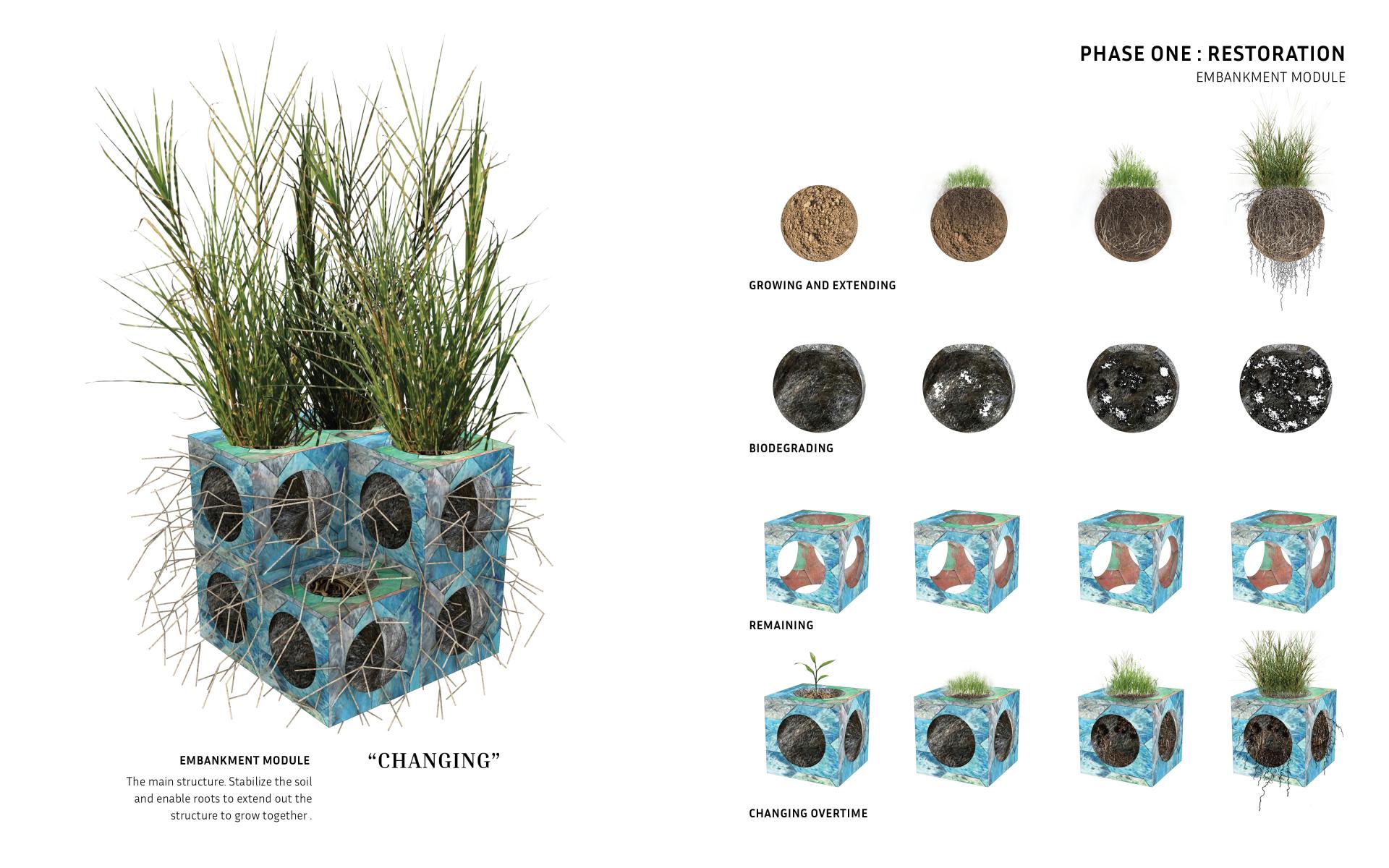
Embankment Module
The main structure. Stabilize the soil and enable roots to extend out the structure to grow together.
Growing and extending, Biodegrading, Remaining, Changing overtime
Fengjiao Ge has a deep interest in landscape design and bio-material intervention which is heavily rooted in her rich interdisciplinary experience that arches between architecture and landscape. She believes landscape architects are designers with the ultimate role of connecting people to the dynamic landscapes, trying to mix research, creativity and technology with a strong desire to make working fun and attempts to create new and unique experiences.
